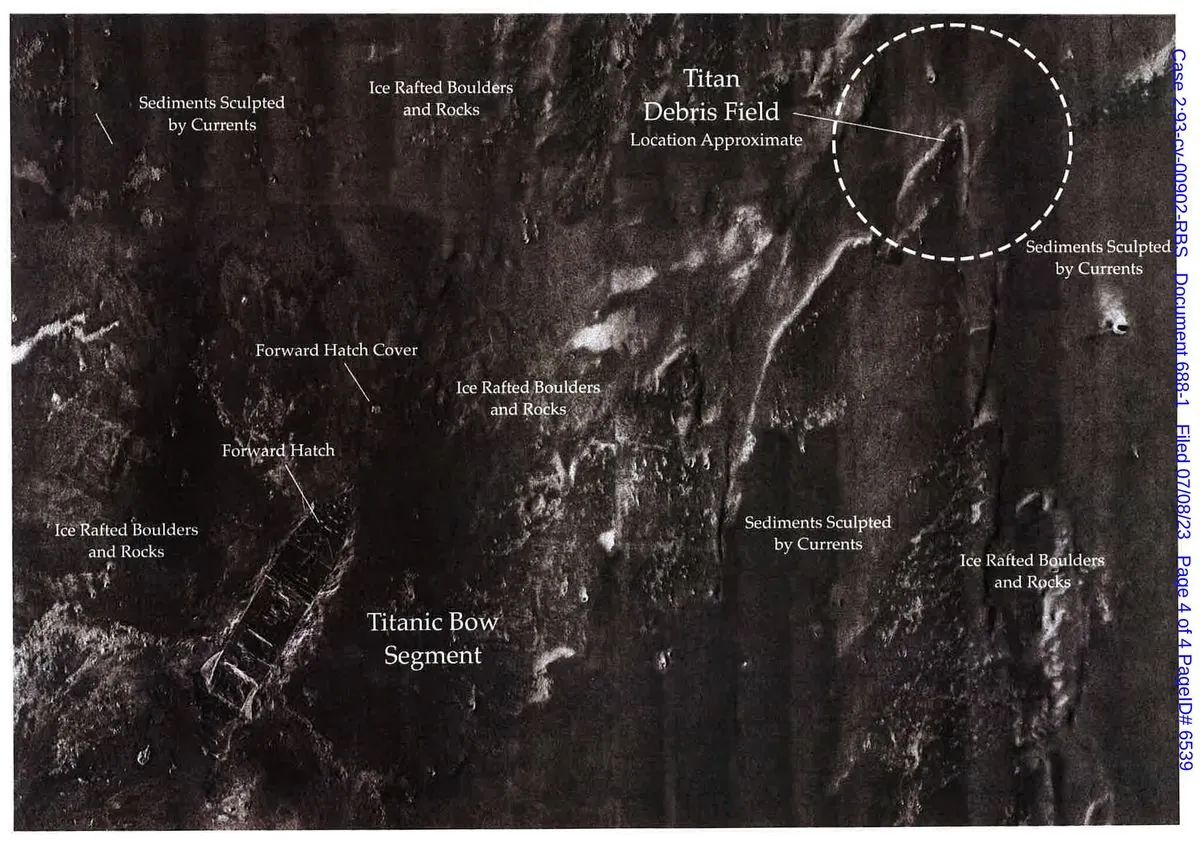In September 2024, a Coast Guard panel is conducting an investigation into the tragic implosion of the Titan submersible that occurred approximately one year ago. The incident, which resulted in the loss of five lives, has raised significant questions about safety practices in deep-sea exploration.
The Titan submersible was designed to visit the wreck of the RMS Titanic, which lies at a depth of about 3,800 meters in the North Atlantic Ocean. This famous shipwreck, discovered in 1985, has been a subject of fascination and deep-sea tourism since the late 1990s.
During the ongoing investigation, several key witnesses have provided testimony that sheds light on potential safety issues and ignored warnings. Tony Nissen, the lead engineer, revealed that he had refused to pilot the Titan several years before the fatal accident due to safety concerns. Nissen described Stockton Rush, OceanGate's co-founder, as difficult to work with and overly focused on costs and schedules.
"I'm not getting in it."
Further testimony uncovered a series of malfunctions that occurred prior to the fatal dive. Steven Ross, the scientific director, reported a ballast issue just days before the implosion that caused passengers to "tumble about" inside the vessel. In 2021, a paid passenger named Fred Hagen described an aborted mission due to navigation problems, stating, "We realized that all it could do was spin around in circles, making right turns."
These incidents highlight the risks associated with deep-sea exploration, particularly given that the submersible industry is largely unregulated, with no international body overseeing safety standards. The Titan submersible itself used an unusual carbon fiber hull and was controlled using a modified video game controller, raising questions about its design and operation.
David Lochridge, a former operations director at OceanGate, provided some of the most damning testimony. He claimed that he had filed complaints with the Occupational Safety and Health Administration (OSHA) about safety concerns, but these were not investigated in a timely manner. Lochridge stated, "The whole idea behind the company was to make money. There was very little in the way of science."
However, not all testimonies were critical of OceanGate's operations. Renata Rojas, a member of the Explorers Club, offered a more positive perspective, stating that she felt the company was transparent and that she never perceived the operation as unsafe.
The investigation into the Titan disaster continues, with additional testimony scheduled for the following week. As the panel delves deeper into the circumstances surrounding the tragedy, it becomes clear that this incident may have far-reaching implications for the future of deep-sea exploration and tourism.
The Titan submersible's fatal dive occurred near the Titanic wreck site, located about 370 miles off the coast of Newfoundland, Canada. The implosion was detected by U.S. Navy acoustic sensors, and the debris field was found within 500 meters of the Titanic's bow. This tragic event serves as a stark reminder of the inherent dangers in exploring the depths of our oceans, even with modern technology.
